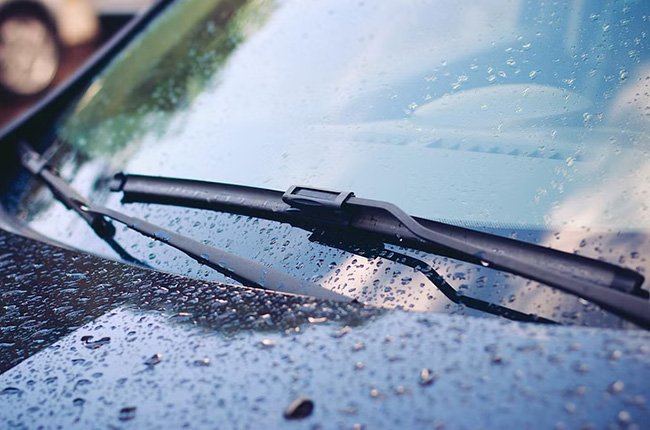Ever wondered about the inner workings of rain-sensing windshield wipers? They work by using sensors to detect moisture on the windshield, triggering the wipers to activate automatically. Quite fascinating, isn’t it?
Using a relatively simple yet highly effective principle, automatic windshield wipers rely on rain sensors usually placed near the windshield. These sensors continuously monitor rainfall’s presence and intensity, employing optical, infrared, or acoustic technology to detect raindrops as they fall onto the glass surface.
Various technologies
You’ve got optical, infrared, and acoustic technologies in rain-sensing wipers. Optical tech snaps windshield pics and analyzes them for rain. Then there’s infrared, which uses light invisible to us and detects raindrop reflections. Acoustic wipers, though, work on sound and vibration principles, using small sensors emitting ultrasonic waves across the windshield. Some brands even mix all three for better rain-detecting power!

When a sensor gets triggered…
The wiper control module, which is like the brain of the system, receives a signal once it detects rain. After getting this signal, it processes the data it receives to decide how fast and how often the wipers should move. Then, it talks to the wiper motor, starting a series of movements that make the wiper blades start working.
Without rain, there won’t be any more issues
Once the rain ceases and the wipers aren’t necessary anymore, there’s something else smart about automatic wipers. They have this cool ability to adapt to different weather conditions. These wipers are equipped with rain sensors that keep an eye on the windshield for any dry spots. When these sensors notice no rain, they talk to the control module, which then adjusts the wiper speed or turns them off completely.
The wiper blades’ intricate movements are thanks to a complex setup of linkages and motors. The wiper motor gets instructions from the control module and operates a mechanism connected to the wiper arms. This mechanism transforms the motor’s rotational motion into a sweeping action, moving the wiper blades back and forth across the windshield.
Fine-tuning the system
Automatic windshield wipers come with a range of features for top-notch performance. One cool thing is the rain sensitivity setting that lets you tweak how sensitive the rain sensors are. This setting is awesome because it lets you match it to your preferences and the weather at the moment, giving you more control over your wipers.
Plus, technology keeps evolving, bringing in smart wipers that do more than just sense rain. These smart systems use extra sensors, like ambient light sensors, to adjust the wiper speed automatically depending on the light around. For example, if you’re driving through a tunnel, these wipers might speed up to handle the sudden darkness.”
Interested in hail damage repair? want to know more about it? Read this article…
Beyond the sensors
You’ll find another impressive innovation in how automatic wipers are connected to navigation systems. They use GPS data to predict when rain might come based on real-time weather info. This means the wipers can start before the rain even starts, making sure you can see clearly and keeping you safe. Interestingly, this feature is often found in vehicles sold mainly in the US and Europe.
Pros and cons
You know, automatic windshield wipers are pretty amazing in the world of cars nowadays. They offer so much, but they do have limits too. Sometimes, like in drizzles, they might not kick in, or snow and ice could mess with their rain sensors. But hey, that’s not really a big deal here in the Philippines.
Anyway, these wipers are a real marvel of modern tech. They’ve got rain sensors, control modules, and wiper motors all working together to make driving easier and safer for everyone. And you know what? They’re only getting better! With all these new features coming in, they’re gonna give us an even clearer view of the road, no matter the weather. So, next time you switch on those automatic wipers, just take a second to appreciate the cool tech silently doing its thing, keeping your view clear through the storm.

